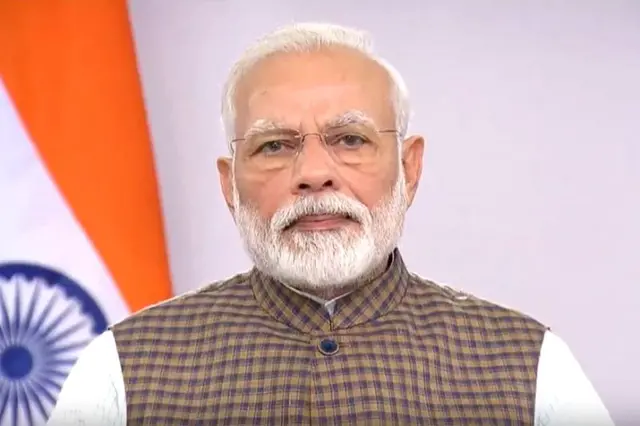The crash of a government-owned plane on Sunday that killed all 18 aboard is another dark chapter in Nepal's notorious aviation history prompting some well-meaning Nepalis to call for more rigid regulations to ensure air safety in the Himalayan country.
With its rugged and tough terrain, it is not abnormal for an aircraft to malfunction and crash, especially if the aircraft is old and not properly maintained and the airports have poor facilities and lack necessary technologies.
Frequent crashes have raised the question of how safe air travel in Nepal is and what the government is doing to assure air travelers, domestic and foreign, that they will arrive in their destinations alive.
The crash of the Nepal Airlines Corporation (NAC) plane is much more significant because NAC is government-owned and its aircraft should have been properly maintained as against those of privately- owned aircraft.
Analysts here said that aside from the loss of lives, the crash will undoubtedly hit Nepal's airline and tourism industries hard. According to them, the European Commission (EC) that had shown maximum flexibility to relax the ban that it had put on Nepal- based airlines has found sufficient reason to continue it.
"The recent crash seems to make long-term impact this time as the EC might take it as yet another blow to country's air safety record," Nepal's aviation expert Yagna Prashad Subdi told Xinhua.
On Dec. 12, 2013, the EC blacklisted all Nepali airlines from flying into European skies for their poor safety record. Following much hue and cry from both the Nepal government and private sector players, the EU had shown some hints that it might reverse its decision.
This was why on Feb. 3 the EC dispatched a six-member team of experts to reassess the actual condition of Nepal's air safety record. The team completed its study after six days.
But instead of improvement, things got worse with the recent crash. In fact, Nepal's non-compliance rate with the standards set by the International Civil Aviation Organization, the international civil aviation regulator, declined by 12 percentage points in 2013 from a year earlier.
"It has not been even two weeks that the EC team went back when we have another plane crash," Subdi said, adding that the EU team had yet to submit its final report when the crash happened.
Definitely the Sunday crash will influence the EU team in their final assessment of Nepal airlines' worthiness, he said.
Sanjeev Gautam, chief of the Security Division at the Civil Aviation Authority of Nepal, said the EU has already a negative perception of Nepal's aviation security and the crash will further add to this perception.
Officials at Nepal's Aviation Ministry said that had all the dead passengers been Nepalis, the case would have been different, but the death of a foreign national from Denmark has brought the matter into the serious scrutiny by the EC.
Every year from 2008 to 2012, at least two aircraft, crashed in Nepal primarily in the hilly and mountainous regions. Government records show that since May 2012, there have been six air accidents, which is quite alarming.
Before Sunday's crash, the last aviation disaster in Nepal involved a Sita Air Dornier that crashed into the banks of the Manohara River in Bhaktapur in September, 2012, killing all 19 on board. The latest crash brings to 132 the number of people killed in nine aviation accidents in Nepal in the last seven and a half years. Nepal has recorded more than 70 crashes, in which more than 700 people died, in 60 years of its aviation history.
Timely maintenance of aircraft and technology enhancement in Nepal's aviation has remained a big challenge. For instance, the 9N-ABB de Havilland Canada-manufactured aircraft which met an accident lately has been flying for over 40 years.
Some have also questioned if the airplane which has been in active flight for most of the last four decades should still be allowed to fly. Others also ask if it was safe to fly in the bad weather the country has been experiencing for the last few days over last weekend.
Though it is still too early to tell what exactly caused the crash, preliminary reports blamed inclement weather. Visibility at both Pokhara and Jumla airports were said to be normal, prompting the pilot to authorize take off.
However, there are conflicting reports that a proper weather assessment was not conducted before takeoff and that there might have been pressure from high-profile passengers to attempt the flight anyway. If true, this would be a gross violation of safety regulations.
"The fact that the plane had been in the flight amidst such harsh weather suggests negligence on the part of aviation authorities," a high level official of a private aviation provider told Xinhua.
The official said that the government should bolster technical ground support with more reliable weather forecasting and early warning systems.
 简体中文
简体中文

